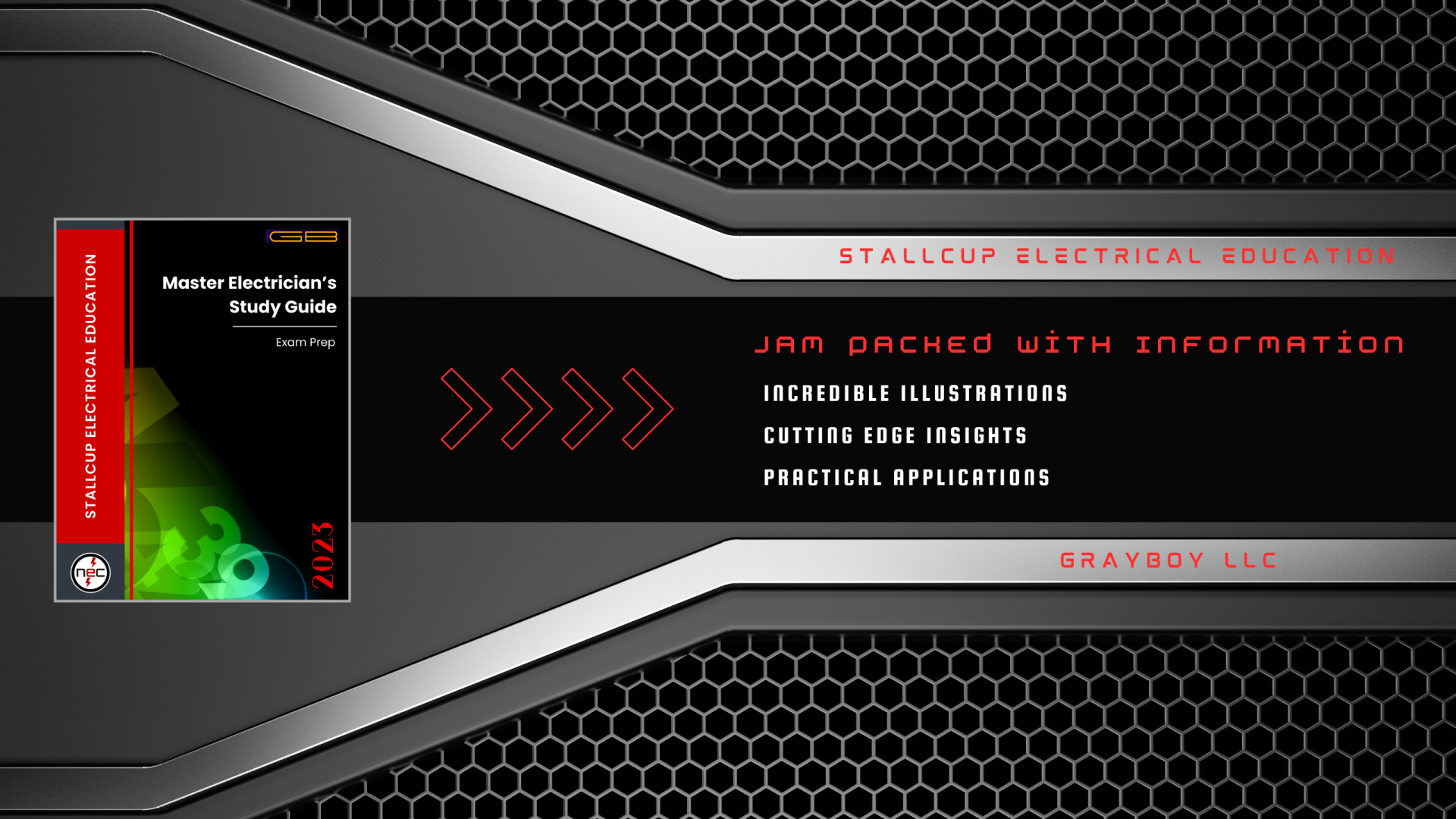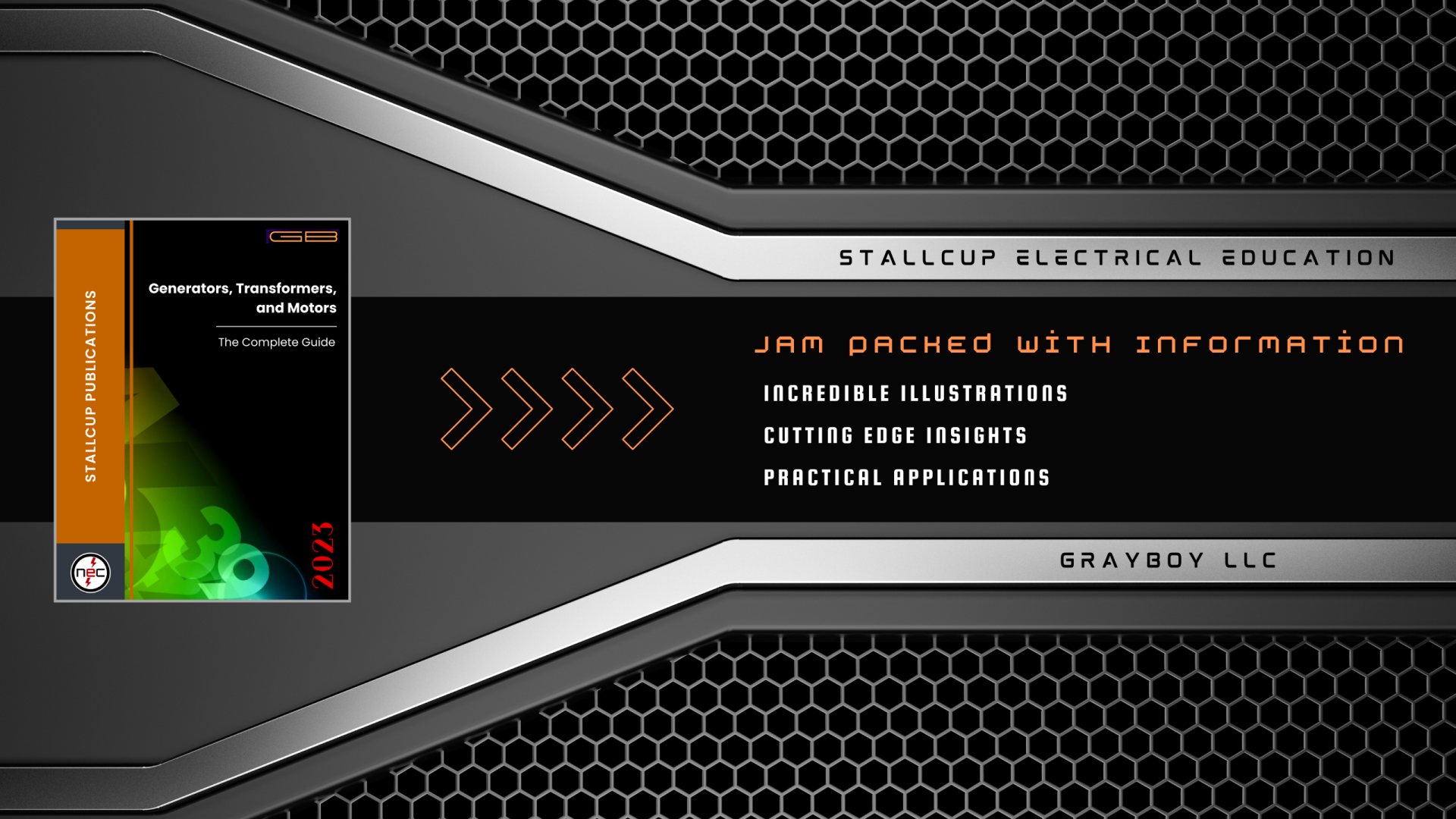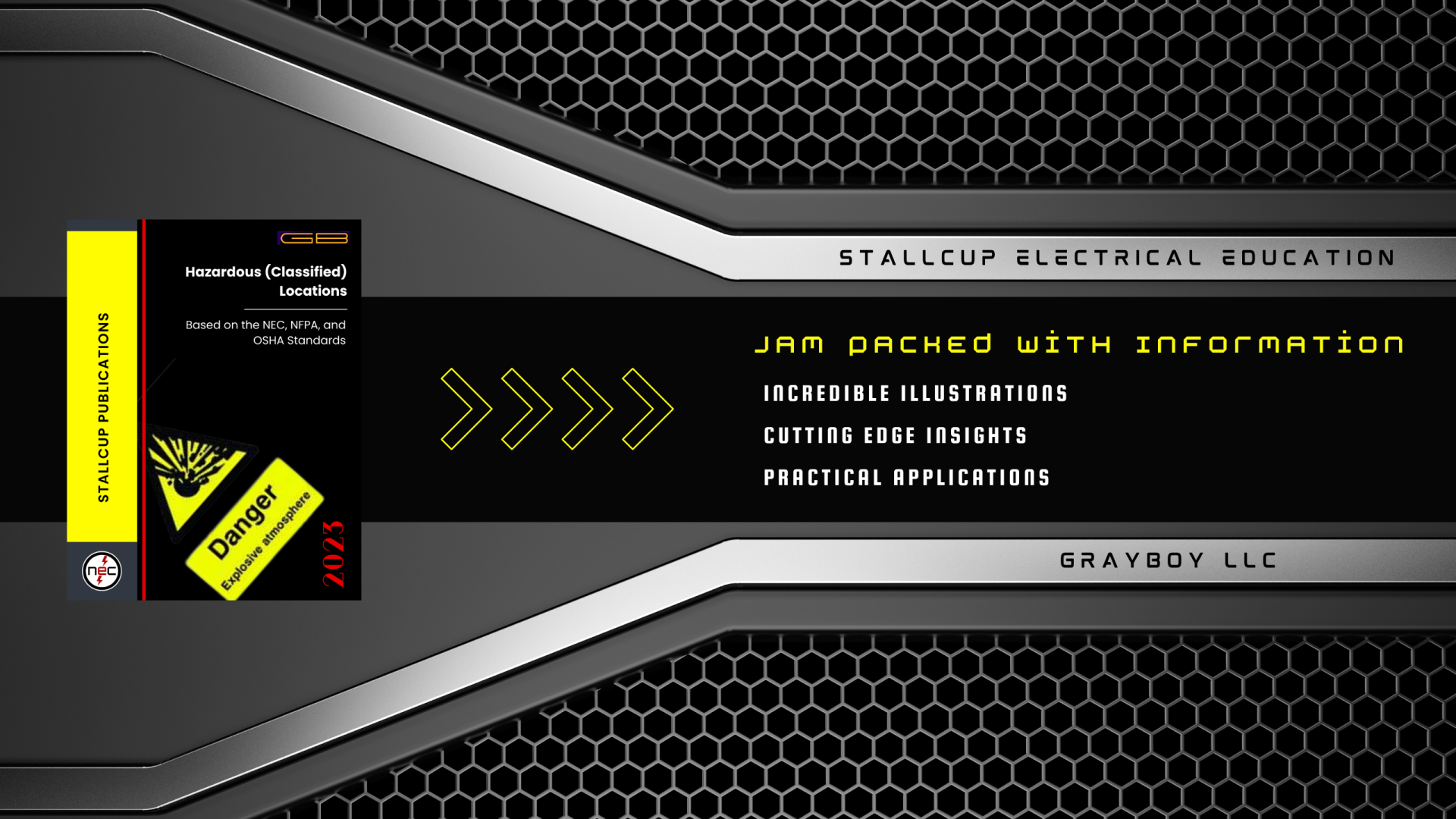Stallcup Electrical Education
Write your awesome label here.
Publication series
2023 Hazardous (Classified) Locations
Stallcup's Hazardous (Classified) Locations is a comprehensive guide designed to help electrical professionals navigate the complexities of hazardous location classifications and electrical installations in potentially dangerous environments. This publication bridges the gap between theoretical principles and practical applications by providing clear explanations, detailed illustrations, and practical solutions.
The guide delves into the critical requirements of the National Electrical Code (NEC), NFPA standards, and other relevant regulations, offering insights into the safe design, installation, and maintenance of electrical systems in environments prone to explosive, flammable, or other hazardous conditions.
Full Completed Publications
There are many options to choose from in a interactive digital pdf format.
Engaging and Effective Text
Full body text, step-by-step calculations, notes, for example, tips, and so much more.
Interactive Table of Contents
Interactivity at the highest level. Quick access to chapters and topics.
New Graphics
All new 2023 publications have been upgraded with new graphics.
Colored Illustrations
The new graphics have been colored and are visually stunning.
Illustration Overload
Illustrations with step-by-step calculations, NEC and NFPA standard loops, and so much more.
Publications and presentations
Instructors use both to help students retain the pertinent information being presented.
Engaging and effective presentations
New graphics and illustrations developed to capture the students attention and visually stunning.
Interactive presentations
Interactivity at the highest level. Quick access to chapters and topics.
Example Illustrations - Best in the Electrical Industry
Write your awesome label here.
Write your awesome label here.
Write your awesome label here.
Write your awesome label here.
Write your awesome label here.
Write your awesome label here.
2023 Hazardous (Classified) Locations
Table of Contents - Extensive Coverage
Electrical Systems
System of 1000 Volts or Less
Systems over 1000 volts
Systems of less than 50 volts
Systems over 1000 volts
Systems of less than 50 volts
Hazardous (Classified) Locations - NEC
Divisions (Gases)
Material Groups (Class I)
Material Groups (Class II)
Classes and Divisions
Explosive Properties of Gases and Vapors (Definitions)
Enclosures
Prevention of External Ignition and Explosion
Class I, Division 1 Equipment
Class I, Division 1 Wiring Methods
Class I, Division 1 and 2 Equipment
Class I, Division 2 Wiring Methods
Material Groups (Class I)
Material Groups (Class II)
Classes and Divisions
Explosive Properties of Gases and Vapors (Definitions)
Enclosures
Prevention of External Ignition and Explosion
Class I, Division 1 Equipment
Class I, Division 1 Wiring Methods
Class I, Division 1 and 2 Equipment
Class I, Division 2 Wiring Methods
Requirements for Switches, Circuit Breakers, Motor Controllers, and Fuses
Requirements for Motors and Generators
Requirements for Luminaires
Requirements for Utilization Equipment
Using Flexible Cord in Class I, Division 1 and 2 Areas
Requirements for Receptacles and Attachment Caps
Wiring Methods in Class II, Division 1 and 2 Locations
Requirements for Seals and Drains (Class I, Divisions 1 and 2)
Requirements for Seals (Class II, Divisions 1 and 2) Commercial Garages, Repair, and Storage
Aircraft Hangars
Gasoline Dispensing and Service Stations
Bulk Storage Plants
Spray Application, Dipping, and Coating Processes
Classification of Area
Questions and Answers for Classifying Divisions General Requirements for Zones
Requirements for Motors and Generators
Requirements for Luminaires
Requirements for Utilization Equipment
Using Flexible Cord in Class I, Division 1 and 2 Areas
Requirements for Receptacles and Attachment Caps
Wiring Methods in Class II, Division 1 and 2 Locations
Requirements for Seals and Drains (Class I, Divisions 1 and 2)
Requirements for Seals (Class II, Divisions 1 and 2) Commercial Garages, Repair, and Storage
Aircraft Hangars
Gasoline Dispensing and Service Stations
Bulk Storage Plants
Spray Application, Dipping, and Coating Processes
Classification of Area
Questions and Answers for Classifying Divisions General Requirements for Zones
Hazardous (Classified) Locations - OSHA
Scope
Class I Locations
Class II Locations
Class III Locations
Definitions to the Groups
Class II Locations
Class III Locations
Definitions to the Groups
General
Contacts and Enclosures Components
Contacts and Enclosures Components
Marking
Conduits
Conduits
Equipment in Division 2 Locations Electrical Installations Classification of Area
Questions and Answers for Classifying Divisions
Class I, Zone 0, 1, and 2 Locations
OSHA Sections Pertaining to Working Space Around Electrical Equipment
Questions and Answers for Classifying Divisions
Class I, Zone 0, 1, and 2 Locations
OSHA Sections Pertaining to Working Space Around Electrical Equipment
Other Publications of Interest

Designing Electrical Systems (Coming Soon)

NFPA 70E Electrical Safety in the Workplace (Coming Soon)





